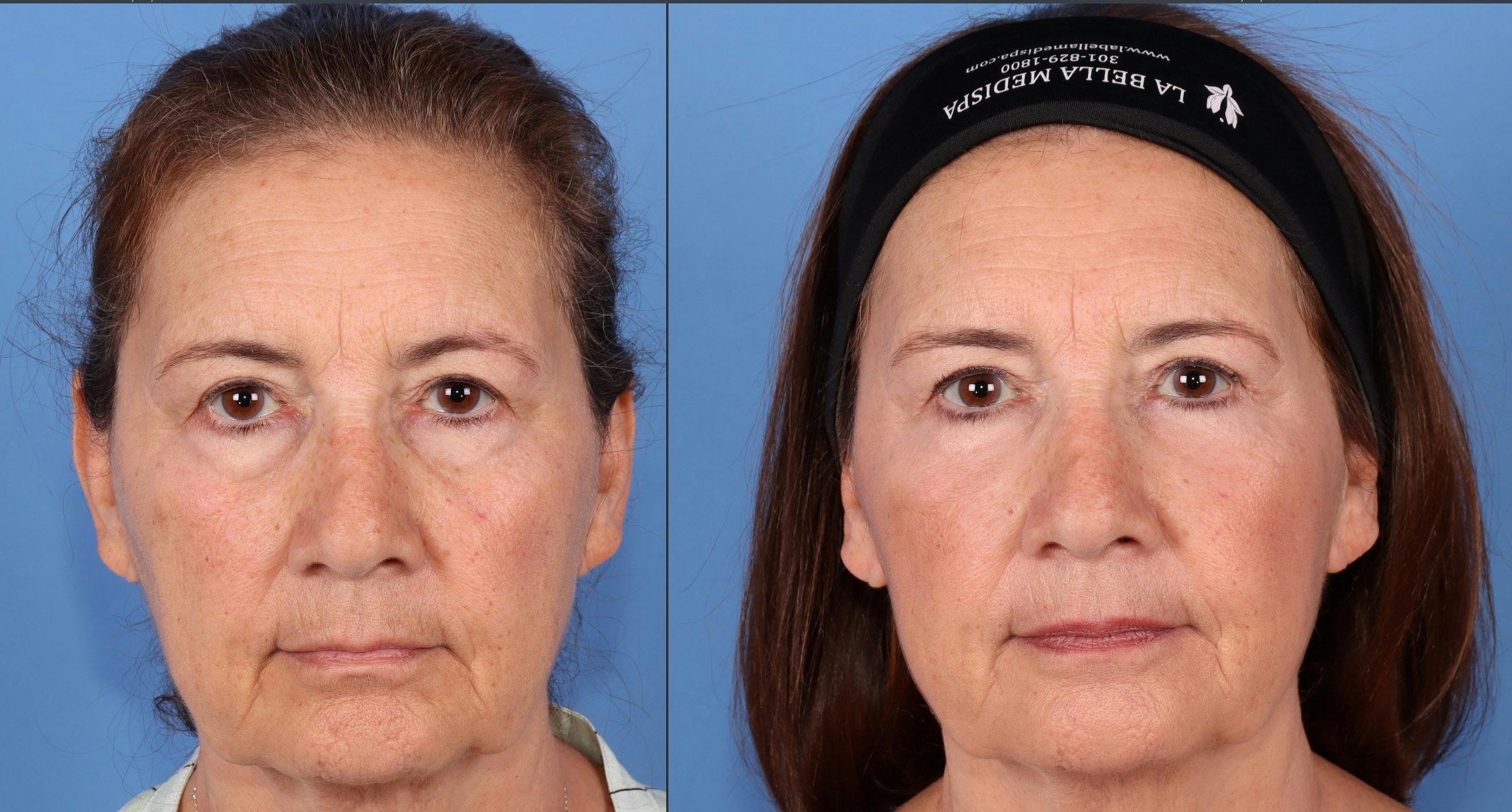Did you know that there is a way to address facial aging—along with a wide variety of other cosmetic issues utilizing fat cells harvested from your very own body? With the fat transfer procedure, Dr. Guy Cappuccino and his highly experienced team can create an impressive number of results, with a procedure that is totally natural and completely safe.
Your Fat Transfer Procedure
In my practice, great care is taken to ensure the viability of the fat cells throughout the transfer process. Fat harvesting for transfer is very different from the fat removal done with liposuction. During liposuction the fat cells are forcefully disrupted and removed, damaging the cells in the process. Typically this is done with high suction pressures to speed the removal process. During fat harvesting for transfer, however, the fat cells are removed using special non-traumatic cannulas specially designed to preserve the viability of the fat cells. Also, very low suction pressures are used to draw out the fat cells. This suction is generated by manual syringe suction.
Following removal, the fat cells are separated from the surrounding tissue fluids creating a pure concentrate.
The transplantation is performed using small transfer cannulas. Precision placement of fat cells in narrow rows in different tissue planes maximizes the potential survival of the fat cells. Typically survival rates of transplanted fat cells range from 50 to 75%. The fat cells that don’t survive will simply be absorbed by the body.









